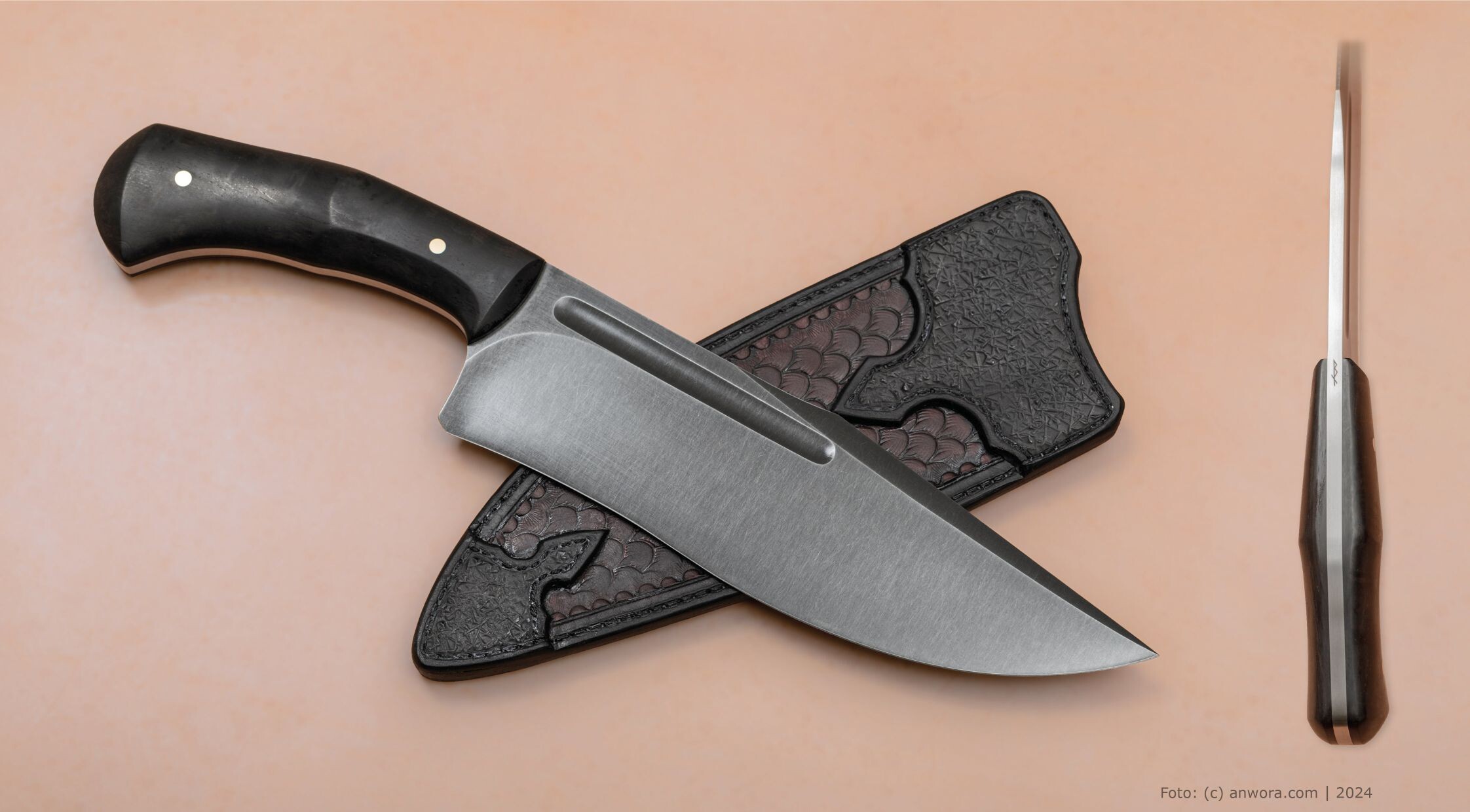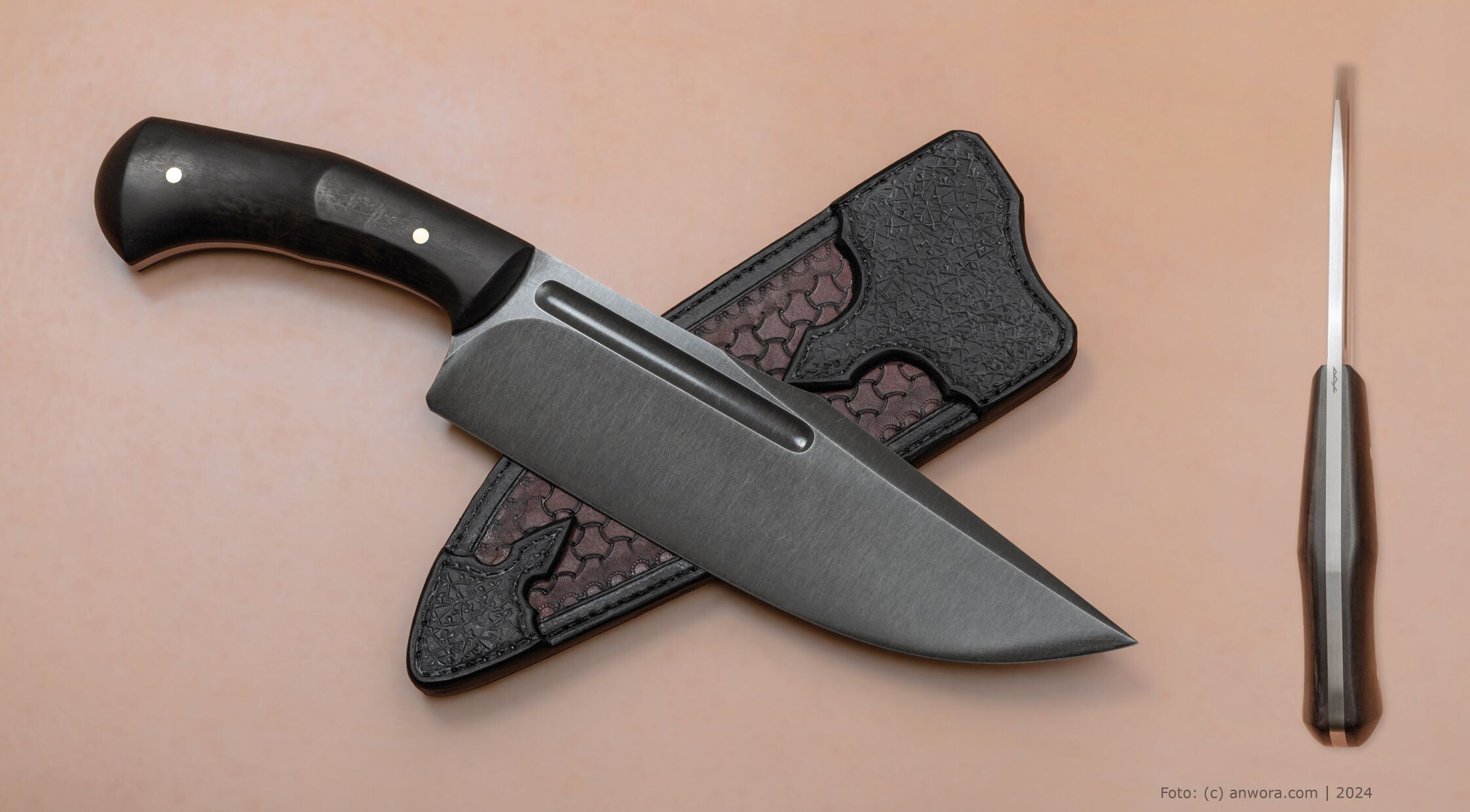I've always loved fullers on knives and I've worked hard to be able to incoorporate them into my designs where I feel they serve a purpose, like these two Erebos choppers I've recently finished:


I like how the fullers on these turned out and how the primary grind fades into them. Howevery I have not yet been able to do a pretty curved fuller, the straight ones are still challenging for me but I can do them, I struggle a lot more if I have to do a curved one.
How do you approach a curved fuller? Any tips?


I like how the fullers on these turned out and how the primary grind fades into them. Howevery I have not yet been able to do a pretty curved fuller, the straight ones are still challenging for me but I can do them, I struggle a lot more if I have to do a curved one.
How do you approach a curved fuller? Any tips?

